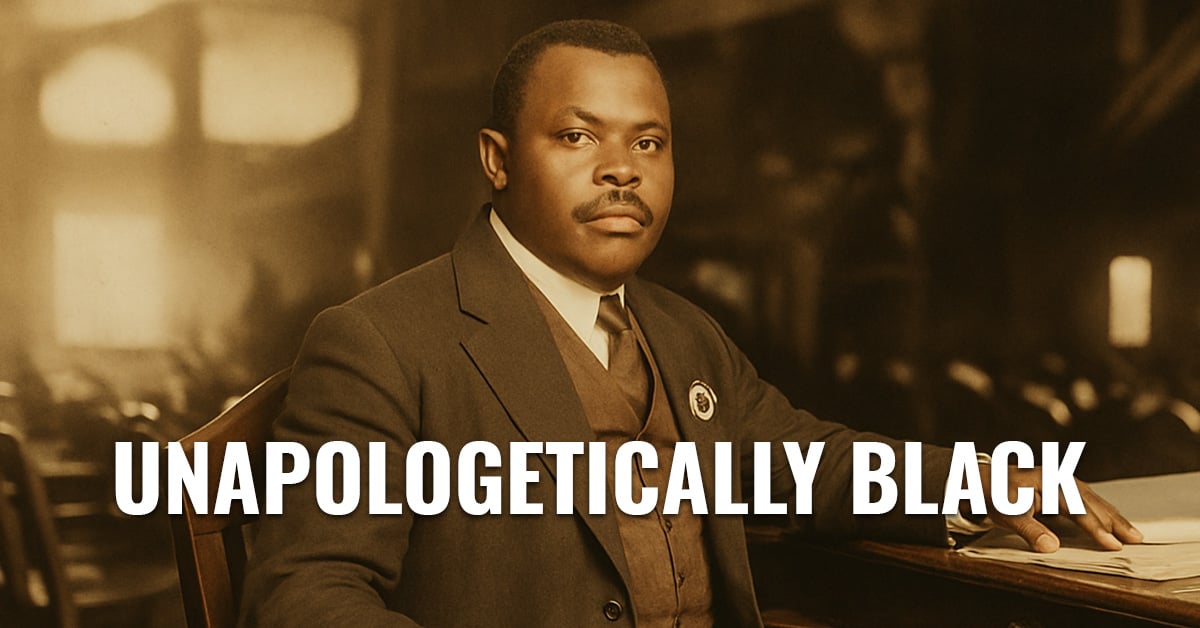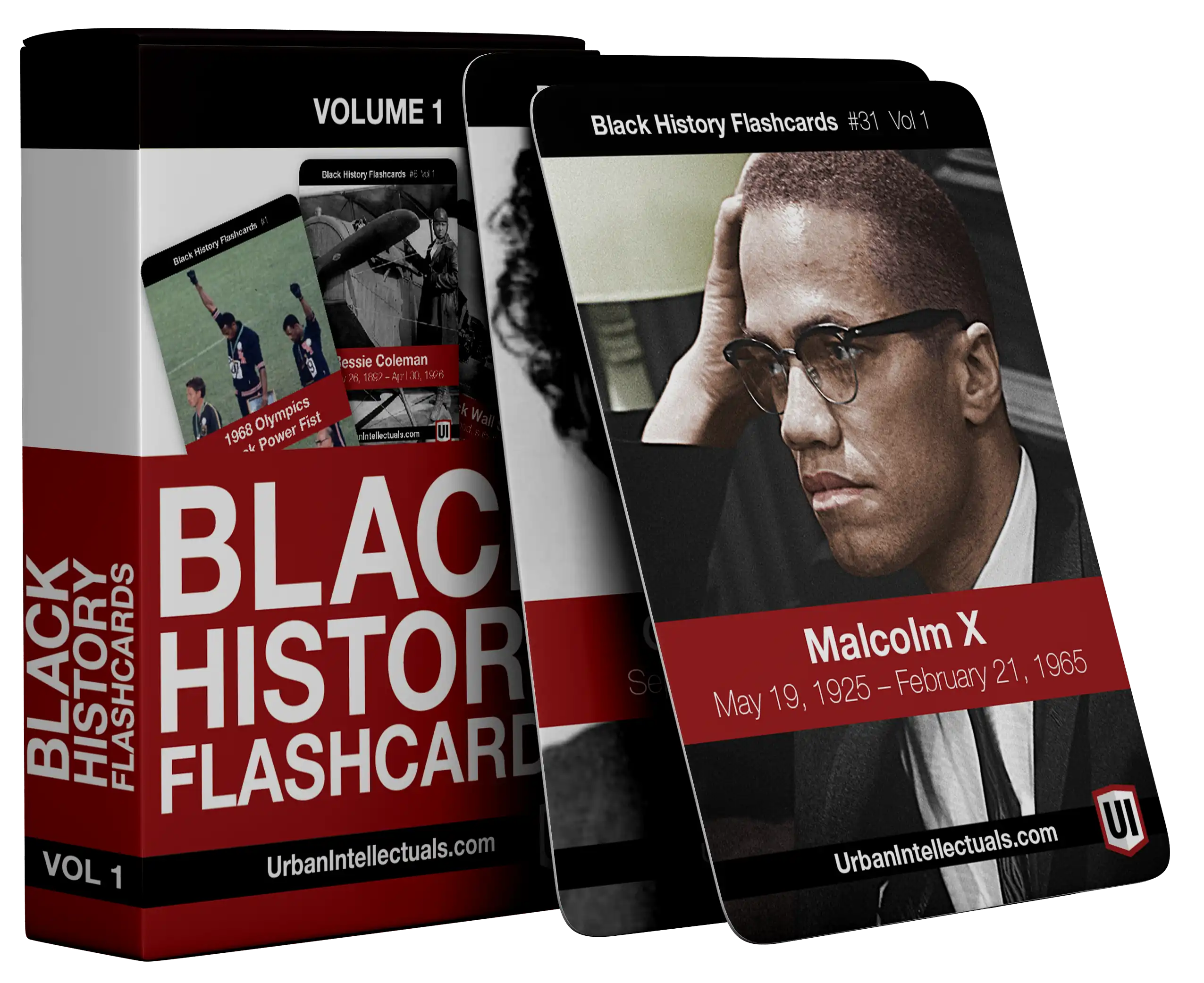The Prophet of Black Pride
Marcus Mosiah Garvey is remembered as one of the most audacious and influential leaders in global Black history. He was a thinker, organizer, and visionary whose message of self-reliance, pride, and Pan-African unity inspired millions across continents. Unlike leaders who sought incremental reform, Garvey offered a vision of bold, unapologetic dignity: that Black people could claim their place in the world, define their own destiny, and build institutions to sustain their freedom.
“Up, you mighty race, accomplish what you will!” Garvey exhorted — a rallying cry that remains a clarion call for anyone seeking to assert Black excellence and self-determination.
Through newspapers, mass organizations, parades, businesses, and cultural symbolism, Garvey created a tangible framework for liberation. He demonstrated that pride was not mere sentimentality but a strategic, revolutionary tool: an engine for education, enterprise, and community empowerment. This month, as we celebrate Unapologetically Black, we examine not only Garvey’s life but the enduring lessons of his philosophy: that freedom begins with self-respect and flourishes in collective action.
Early Life: Seeds of Vision
Marcus Garvey was born on August 17, 1887, in St. Ann’s Bay, Jamaica, a colonial territory under British rule. From a young age, he was exposed to the contradictions of empire: he saw the beauty of African heritage alongside the brutality of subjugation. His mother, a homemaker, instilled discipline, resilience, and a love of storytelling; his father, a bricklayer, exemplified hard work and self-sufficiency.
Garvey left school early but never stopped learning. He immersed himself in history, philosophy, and literature, especially works that explored African civilizations, liberation, and self-rule. Traveling throughout the Caribbean and Central America as a young man, he witnessed poverty, exploitation, and the oppression of Black laborers firsthand. These experiences shaped his conviction that the liberation of Black people required self-knowledge, economic independence, and global solidarity.
“A people without the knowledge of their past history, origin, and culture is like a tree without roots,” Garvey later wrote.
This principle would guide every action he took — from newspapers to shipping lines — as he sought to reconnect Black communities worldwide to their heritage and potential.
The Universal Negro Improvement Association: A Global Movement
In 1914, Garvey founded the Universal Negro Improvement Association (UNIA) in Jamaica, soon expanding its reach to the United States and across the globe. By the 1920s, UNIA was the largest Black mass movement in history, with chapters on nearly every continent. Its goals were radical in their clarity:
- To cultivate pride in African heritage.
- To establish economic independence through businesses, co-ops, and industries owned by Black people.
- To create schools, newspapers, and cultural institutions that celebrated Black identity.
- To unify people of African descent under the principles of self-determination and Pan-African solidarity.
Garvey recognized that liberation required more than protest; it required infrastructure. The UNIA built schools, launched businesses like the Black Star Line shipping company, and organized conventions, parades, and rallies that showcased the discipline, pageantry, and dignity of Black people.
“The mission of the UNIA is not merely to plead for justice, but to create a world where justice is inevitable,” Garvey proclaimed.
Through The Negro World, the UNIA’s newspaper, Garvey communicated his vision to readers in Harlem, Kingston, Havana, and Accra. He shared lessons in history, entrepreneurship, and civic pride, emphasizing that knowledge and organization are inseparable from liberation.
Economic Empowerment: Pride in Practice
Garvey was not content with rhetoric alone. He knew that economic independence was central to freedom. His enterprises were designed to demonstrate that Black people could own, operate, and sustain businesses on a global scale.
- The Black Star Line, a shipping company, symbolized Pan-African unity, connecting African-descended communities across the diaspora and challenging the notion that Black people could not manage complex enterprises.
- Garvey encouraged cooperative networks, trade, and investment, teaching that wealth, education, and ownership are acts of liberation.
- Through parades, uniforms, and flags, he instilled discipline and visual affirmation of dignity, demonstrating that symbols matter in shaping consciousness and inspiring action.
“A people without self-reliance is a people without power,” Garvey emphasized. His insistence on building systems, not just advocating ideals, set him apart from other leaders of his time. Garvey taught that liberation is not abstract — it is lived through institutions, schools, businesses, and communities that reflect and enforce pride and self-respect.
Cultural Pride: Symbols as Tools of Courage
Garvey understood that pride is performative as well as internal. He used symbols — flags, colors, uniforms, parades, and language — as tools to shape consciousness:
- The red, black, and green flag became a worldwide emblem of African identity and resistance.
- Public parades with disciplined marching, drums, and ceremonial dress showcased unity, discipline, and dignity.
- His speeches, printed in newspapers or delivered in person, emphasized self-worth as a revolutionary act.
“To be a Negro is to be the descendant of the most heroic and intelligent people in the world,” Garvey proclaimed.
By creating visual, cultural, and rhetorical symbols, Garvey taught that how we see ourselves shapes how the world sees us — and that unapologetic pride is contagious, empowering, and revolutionary.
Pan-African Vision: Unity Across the Diaspora
Garvey’s influence stretched beyond Jamaica and the United States. He envisioned a global Black community, united by ancestry, culture, and shared purpose. His ideas resonated in Africa, the Caribbean, Latin America, and North America:
- In West Africa, Garvey inspired early nationalist movements that would eventually challenge colonial rule.
- In the Caribbean, he fueled discussions of self-determination, education, and economic independence.
- Across the African diaspora, his calls for unity, pride, and self-reliance became foundational principles for later leaders and movements.
Garvey taught that freedom is collective, not individual, and that Black people worldwide share responsibility for uplifting one another. His Pan-Africanism was both practical and spiritual, emphasizing trade, education, and enterprise as tools to achieve liberation
Legacy: Lessons for Today
Marcus Garvey’s life offers lessons that remain urgent in the 21st century:
- Pride is strategic – Cultural pride and dignity are acts of power that shape self-perception and mobilize communities.
- Economic independence is liberation – Ownership, enterprise, and wealth-building are revolutionary tools.
- Symbols matter – Flags, colors, uniforms, and rituals communicate identity, discipline, and unity.
- Global solidarity is essential – Liberation cannot be local alone; it requires cross-border alliances and shared purpose.
- Bold vision inspires action – Dreams must be coupled with concrete plans, institutions, and community organization.
Garvey’s life reminds us that unapologetically Black is more than a slogan; it is a disciplined practice. Pride must be nurtured, taught, and embodied — through education, enterprise, cultural celebration, and community investment.
“If you have no confidence in yourself, you are twice defeated in the race of life,” Garvey advised.
Today, his legacy lives in Black-led businesses, cultural institutions, community organizations, and movements that insist: our history, our achievements, and our humanity are worthy of celebration and protection.
Reflection Questions
What does economic pride look like for you?
How do symbols (flags, colors, uniforms) shape our courage?
What would Garvey’s vision look like in today’s digital world?
How are you creating institutions that reflect and sustain your community’s dignity?
Explore His Legacy
Tools of cultural resistance:
👉🏾 Black History Flashcards (Vol. 1) + Apparel – discover leaders, thinkers, and movements that embody self-reliance, pride, and global Black unity.
📚 Get your materials today.»Join the conversation at Sankofa Universe, share your reflections using #ReclaimTheFlame, and honor Marcus Garvey — because pride, discipline, and collective vision are the foundation of liberation.
💬 Let’s Talk:
Had you heard of Queen Nanny before this? What lessons can we take from her leadership today?
👇 Drop a comment and share this with someone who needs to know our real history.








0 Comments